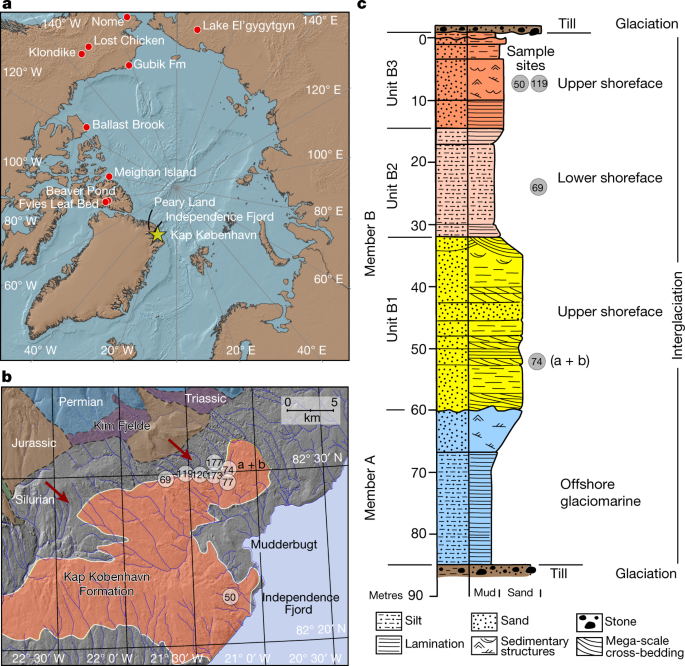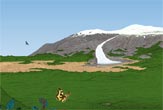Toddsterpatriot
Diamond Member
More precisely, between 30-50 million years ago, the top of North America crossed over the 600 miles to the Pole threshold and hence started to stack ice. 50 million was the accepted number prior to McBullshit.
Melting 5+ million cubic miles of ice takes some time. Given the map of Northern Canada, what is underwater today was filled with ice 5 million years ago. Ellesmere Island is still within 600 miles of the Pole and hence is still in Ice Age, which is why it has 0.3% of Earth ice now. What officially shut off the North American Ice Age is when Ellesmere Island's current surrounding water changed from ice to water. We can only guess when and why, but clearly there are undersea volcanoes in the Arctic Ocean. My guess is that happened in the past 1- 5 million years. so call it 3 million years ago, and once it happened, it shut off North American Ice Age from the 600 miles to the Pole threshold, and hence NAIA ceased to grow and started to melt. Or more precisely, the ice coming south from the top of Northern Canada ceased, leaving a huge ice sheet with no "reinforcements."
More precisely, between 30-50 million years ago, the top of North America crossed over the 600 miles to the Pole threshold and hence started to stack ice.
And when did it get to be 600 miles and 10 feet away?








